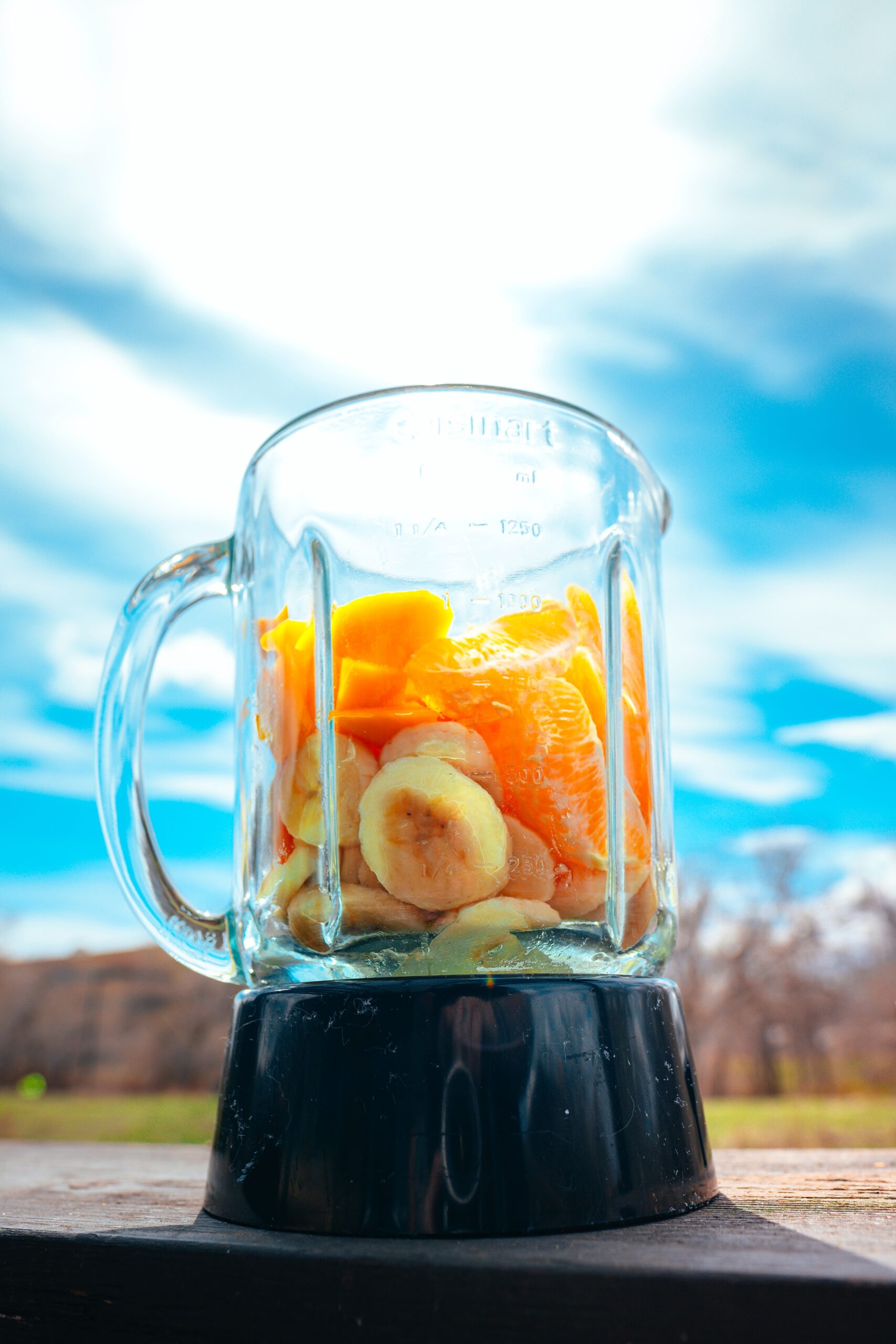Last week, our class focused on introducing the topic of digital spaces. Our readings had to do with digital technology, both its use in the classroom, and ways to use it safely. As we discussed the concepts presented in these readings, we were then asked to define what digital and technology meant. These seemed like straightforward questions. We live in a digital age. We’re surrounded constantly by digital technology. This should have been an easy task.
The discussion lasted for what felt like hours. I could see that many of my classmates were having the same struggle that I was. We could identify what we considered digital, what we considered technology. Articulating these distinctions was the problem. When asked to define digital, I was unable to give a succinct answer. Instead, I gave an example of what wasn’t digital in an effort to convey my point. I said something along the lines of, “like, I wouldn’t consider a blender digital”. To my surprise, this was met with pushback from our professor.
“What if that blender had an LED display?”
This comment shocked me into temporary silence. I couldn’t answer immediately, but when I did, what I could manage was, “then I guess that what be a digital blender.” As opposed to an analog blender, the kind we are familiar with and would picture when given the word “blender”. In accidentally inventing Smart Blender™, I was forced to reconsider my previous definition. I wasn’t sure how to redefine digital.
The remainder of that class discussion was just as interesting and mind-numbing. By the time class had ended my head was swimming. I felt both enlightened and completely lost. Abstract thinking tends to have that effect. It was only after allowing myself the day to mentally recover and let the discussion marinate in my brain that I felt as though I understood the conclusions we had arrived at.
Digital: adjective
Turning to Miriam Webster for the “official” definition of digital actually yields 10 results. The first seven are the ones I want to highlight, as they are the most relevant.

Some of these definitions align with our class discussion, as well as the contents of Doug Eyman’s writing.
Digits = Digital
Eyman quotes Angela Haas, recounting that “Digital also refers to our fingers, our digits, one of the primary ways . . .through which we make sense of the world and with which we write into the world. All writing is digital: digitalis in Latin, means “of or relating to the fingers or toes” or “a coding of information.” (242) “. This definition also appeared in our class discussion. Through this lens, a blender, even an “analog” one, could be considered digital. Its use comes from interacting with its buttons with our fingers.
Digital Binary
Eyman also defines digital as “[referring] to the encoding of
information in binary digits (bits), which may occupy only two distinct states
(on or off, 1 or 0)”, at least in the context of computers. The 1s and 0s a computer uses to process information are what makes it a piece of digital technology.
Something one of my classmates brought up during our discussion stuck with me. She had said that digital technology has a processer. However, with analog technology, we act as the processer. The mechanical parts do their work, and we have to interpret their output.
Is a Blender Digital?
With these definitions of digital in mind, the question of if a blender is actually digital gets a bit complicated. A blender is a piece of technology that you use your fingers to interact with, but that alone does not feel like enough to qualify it as digital. An average blender isn’t interpreting binary either. It has more than two states, depending on its complexity. There may be different settings, but in the end, you push a button to activate it, and the machinery inside does the rest, not a computerized interface. Because of this, I stick with my original statement. A blender is not digital, but a Smart Blender™ could be.





Leave a Reply